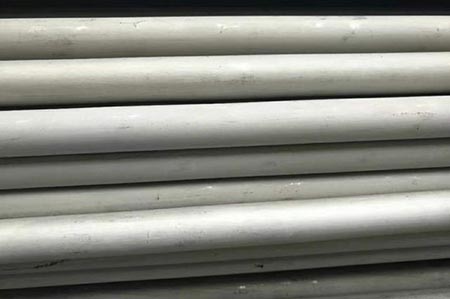Schedule 10 stainless steel pipe sizes
When it comes to industrial piping systems, schedule 10 stainless steel pipe is a popular choice for many applications. Its combination of strength, corrosion resistance, and affordability makes it an excellent option for various industries.
Schedule 10 stainless steel pipe is a thin-walled pipe that offers a balance between durability and cost-effectiveness. It's commonly used in:
- Chemical processing plants
- Food and beverage industries
- Pharmaceutical manufacturing
- Water treatment facilities
- Pulp and paper mills
The "schedule" in schedule 10 stainless steel pipe refers to the wall thickness of the pipe. Schedule 10 is thinner than higher schedule numbers, making it lighter and easier to work with while still maintaining excellent performance characteristics.
Common Sizes of Schedule 10 Stainless Steel Pipe
Schedule 10 stainless steel pipe sizes vary to accommodate different project requirements. Here are some of the most common sizes:
1. 1/2 inch (0.5")
2. 3/4 inch (0.75")
3. 1 inch (1.0")
4. 1.5 inches (1.5")
5. 2 inches (2.0")
6. 3 inches (3.0")
7. 4 inches (4.0")
8. 6 inches (6.0")
Each size of schedule 10 stainless steel pipe has its own specific outer diameter and wall thickness, which are crucial factors to consider when selecting the right pipe for your project.
Advantages of Using Schedule 10 Stainless Steel Pipe
There are several reasons why schedule 10 stainless steel pipe is a preferred choice for many applications:
- Corrosion Resistance: Stainless steel's natural resistance to corrosion makes it ideal for harsh environments.
- Lightweight: The thinner walls of schedule 10 pipes make them easier to handle and install.
- Cost-Effective: Compared to higher schedule pipes, schedule 10 offers a good balance between performance and price.
- Weldability: These pipes are easy to weld, making them versatile for various installation methods.
- Hygienic Properties: The smooth surface of stainless steel makes it perfect for sanitary applications.
Selecting the Right Schedule 10 Stainless Steel Pipe Size
Choosing the appropriate schedule 10 stainless steel pipe size depends on several factors:
1. Flow Rate: The volume of fluid that needs to pass through the pipe.
2. Pressure Requirements: The internal pressure the pipe must withstand.
3. Temperature: Both the fluid and ambient temperatures affect pipe performance.
4. Chemical Compatibility: Ensure the pipe material is suitable for the fluids it will carry.
5. Installation Environment: Consider factors like support spacing and external stresses.
By carefully considering these factors, you can select the optimal schedule 10 stainless steel pipe size for your specific application.
Maintenance and Longevity
To ensure the longevity of your schedule 10 stainless steel pipe, consider the following maintenance tips:
- Regular inspections for signs of wear or corrosion
- Proper cleaning to prevent buildup of contaminants
- Avoiding exposure to harsh chemicals not compatible with the pipe material
- Ensuring proper support and alignment to prevent stress on the pipes
With proper care, schedule 10 stainless steel pipe can provide reliable service for many years, making it an excellent investment for your piping system needs.
Previous: >> Does stainless steel work on coil? Next: >> What is the pressure rating for Schedule 10 316 stainless steel pipe?







